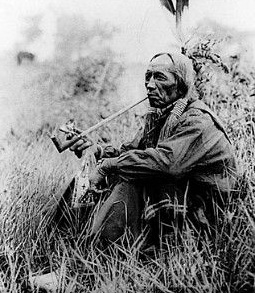
The western portion of the Northeastern Woodlands of the U.S., an area designated as the Great Lakes-Riverine area by some anthropologists, was inhabited by Algonquian-speaking tribes such as the Anishinabe (Ojibwa or Chippewa), Kickapoo, Potawatomi, Menominee, Shawnee, Ottawa, and Sauk and by Siouan-speaking groups such as the Winnebago, Iowa, Oto, and Missouria. The Siouan-speaking groups probably emerged from the Oneota cultural tradition that began to flourish about 1000 AD in the upper Mississippi Valley.
The economy of the Indian nations of this region was mixed with the gathering of wild plants, hunting, and fishing being of primary importance and farming being of secondary importance. Farming—corn, beans, and squash—contributed about half of their calories. The reduced importance of agriculture was due largely to climatic conditions. Throughout much of the region, the 140-growing-day season made agriculture a risky endeavor. A later spring or an early fall meant that crop failures were a constant possibility.
Among the non-food plants raised in this area was tobacco, an important ceremonial and trade plant. For Indian people throughout North America, tobacco smoking is a symbolic way of enhancing the communication between individuals, between groups, and between the people and the supernatural. One of the reasons for its ceremonial importance is explained in the Ho-Chunk (Winnebago) creation story.
According to the Ho-Chunk creation story, after the Earthmaker had created all other things, human beings were created. Human beings were the least of the Earthmaker’s creations. They were put in charge of nothing. While even the smallest of the insects could see four days ahead, human beings could not even see one day ahead. Then the Earthmaker created a weed with a pleasant odor and all of the spirits wanted it. The weed was called tobacco. Earthmaker then showed the people how to use it, how to crush it, and smoke it in a pipe. To all of the spirits Earthmaker said: “Now, whatever human beings ask from me and for which they offer tobacco I will not be able to refuse it. I myself will not be in control of this weed. If they give me a pipefull of this and make a request I will not be able to refuse it.”
Earthmaker also told the spirits: “The human beings are the only ones of my creation who are poor. I did not give them anything, so therefore this will be their foremost possession and from them we will have to obtain it. If a human being gives a pipefull and makes a request we will always grant it.”
Among all of the tribes of this culture area, tobacco is used for all important activities. This includes sprinkling of tobacco on the water as an offering to the underwater spirits just before getting into a canoe; offering a pinch of tobacco to the earth where other ceremonial plants are gathered; providing tobacco to someone when a special request is made.
The oldest form of tobacco which was cultivated and used in this culture area was Nicotaina rustica. This tobacco, often described as “strong-tasting”, was cultivated in small patches and was used in religious ceremonies.
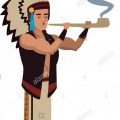
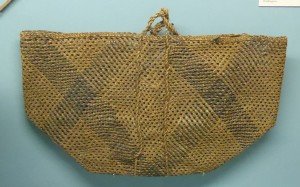
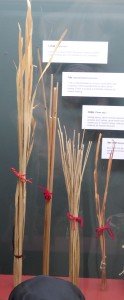
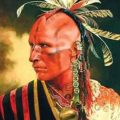
Leave a Reply